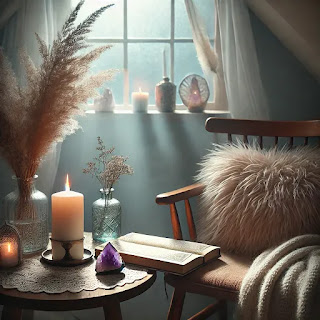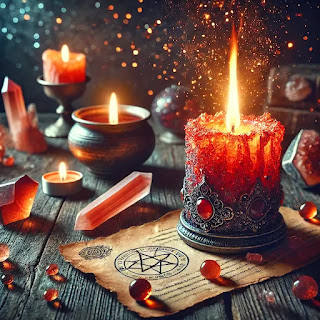It’s Day 12, and today we’re diving into the mystical, transformative energy of the element of water.
Water is the element of emotions, intuition, and healing. It teaches us to flow through life’s challenges, adapt to change, and connect deeply with our inner selves. Whether it’s a gentle stream or a roaring ocean, water’s energy is a reminder that strength can be found in softness.
So grab a glass of water or take a moment by a nearby stream, and let’s welcome the magic of water into our lives.
Step 1: Connecting with Water’s Energy
Water is everywhere—in the rain, the ocean, even the cup of tea you’re sipping. By tuning into its energy, you can tap into your emotions, enhance your intuition, and find calm amidst chaos.
Interactive idea: When was the last time you felt deeply connected to water? Was it a rainy day, a swim in the ocean, or a long, warm bath? For me, it was walking barefoot on a beach at sunset—pure magic.
Step 2: A Simple Water Ritual
Working with water can be incredibly soothing and empowering. Here’s an easy ritual to align with its energy:
You’ll need:
- A bowl of water or a glass of moon water
- A blue or silver candle (optional)
- A small crystal like aquamarine or moonstone
Steps:
- Sit quietly with your bowl or glass of water in front of you.
- Light the candle if you’re using one, and take a deep breath.
- Gently run your fingers through the water, feeling its coolness.
- Say: “Water, element of flow and emotion, guide me in finding peace and balance.”
- Take a sip or sprinkle a few drops around your space as a blessing.
Interactive idea: What would you ask water for guidance on? Emotional clarity? Inner peace? Share if you’re comfortable!
Step 3: Bring Water into Your Space
Even if you’re not near a river or ocean, you can still invite water energy into your home.
Ideas to try:
- Add a small fountain or bowl of water to your altar.
- Keep a glass of moon water on your nightstand.
- Decorate with sea-inspired items like shells or coral.
- Use water-scented candles or essential oils (think rain, ocean breeze, or eucalyptus).
Interactive idea: What’s your favorite way to bring water’s energy indoors? I’m all about moon water—it’s like bottled magic!
Step 4: Embrace Emotional Flow
Water is all about flow, and that includes our emotions. Instead of bottling up feelings, let them flow through you like a river. Journaling, crying, dancing—whatever helps you release and process—can be a deeply magical act.
Interactive idea: What’s your favorite way to process emotions? For me, it’s journaling by candlelight with a soothing playlist in the background.
Step 5: Honor Water in Nature
If you can, spend time near a natural body of water. Whether it’s a lake, stream, or even a puddle, water in its natural state holds immense energy and wisdom.
Interactive idea: What’s your favorite water spot to visit? I love sitting by a quiet stream—it’s like a meditation in motion.
Wrap-Up
Water reminds us to flow, adapt, and embrace our emotions with grace. By inviting its energy into your life, you open yourself to healing, intuition, and inner balance.
How do you work with water in your magical practice? Let’s chat in the comments (or your journal), and I’ll see you tomorrow for more January magic.
Blessed be, and may water’s wisdom guide you!












